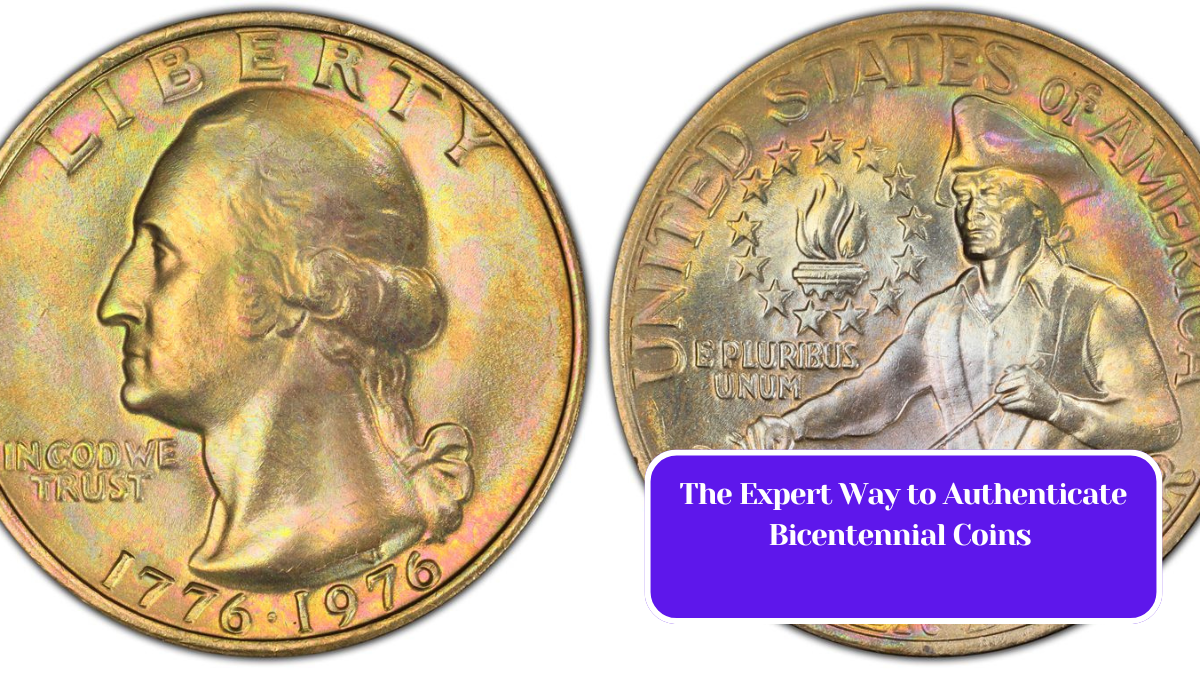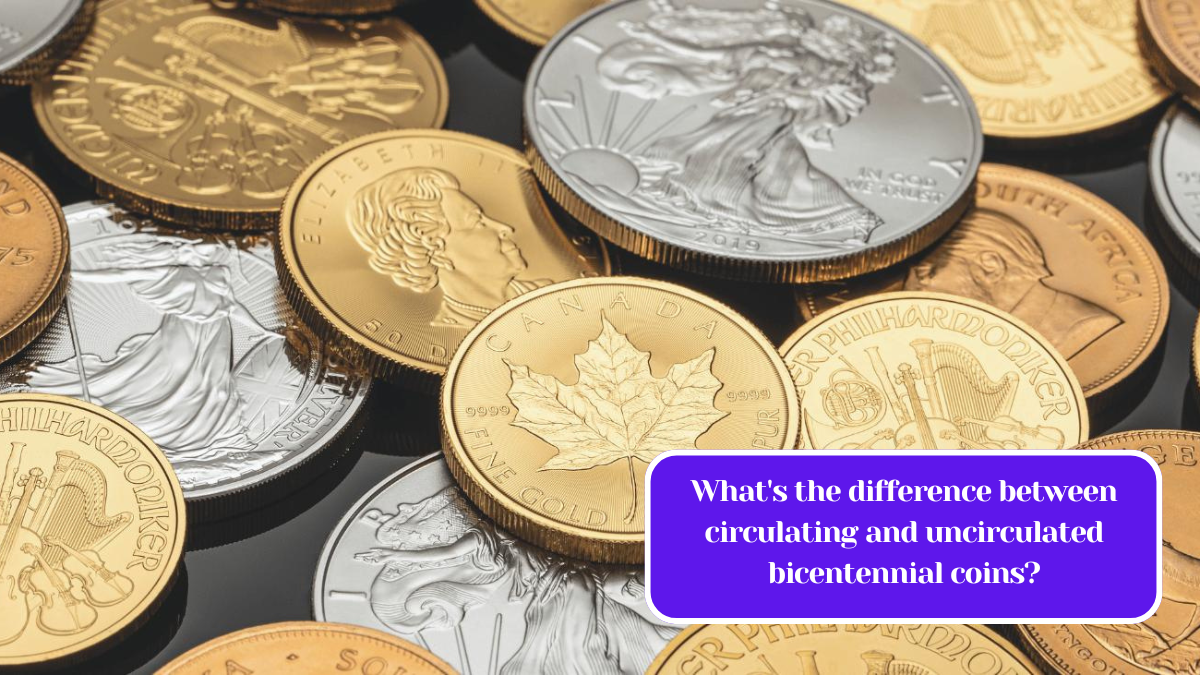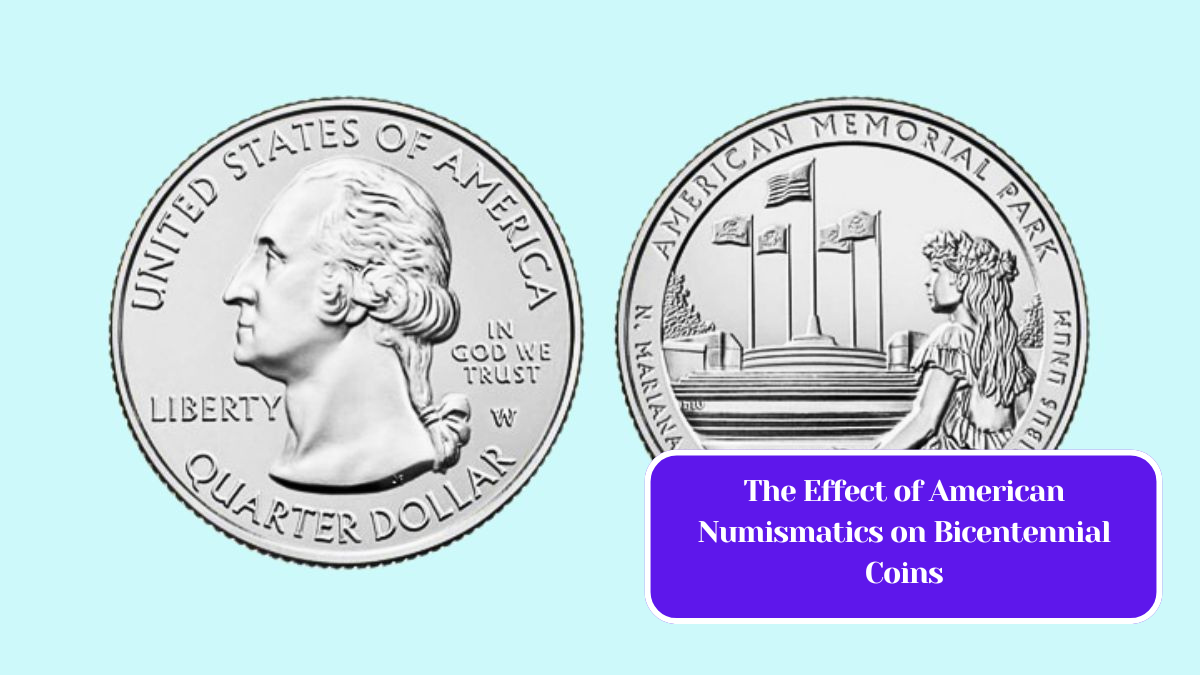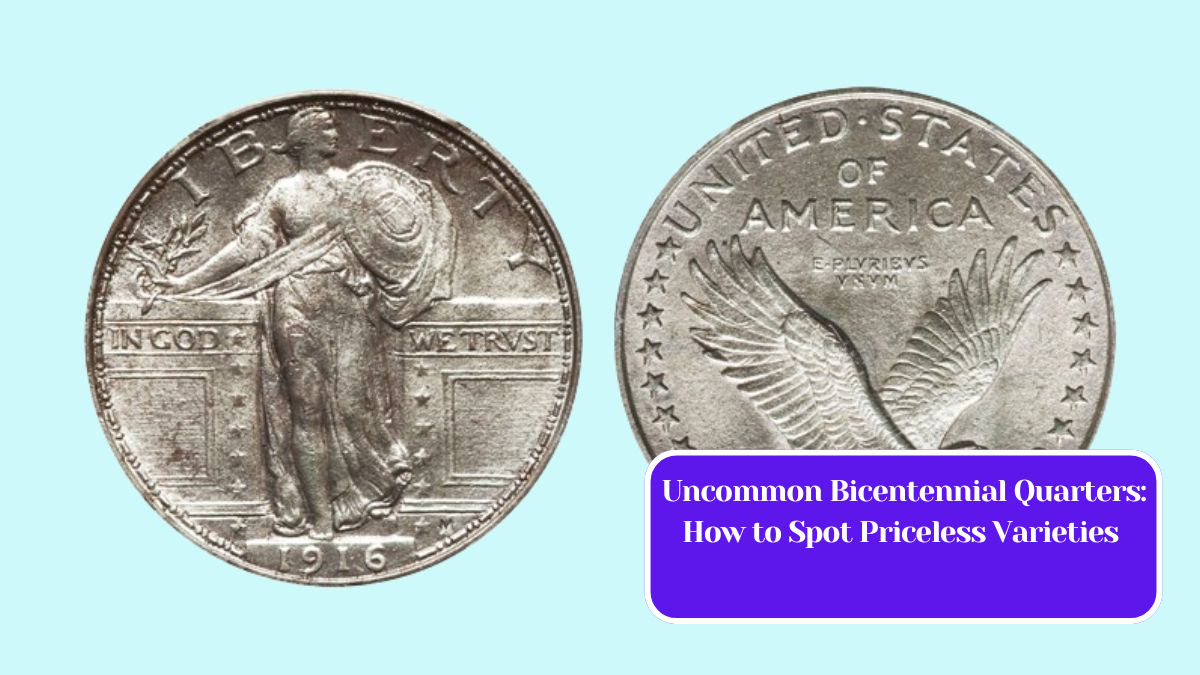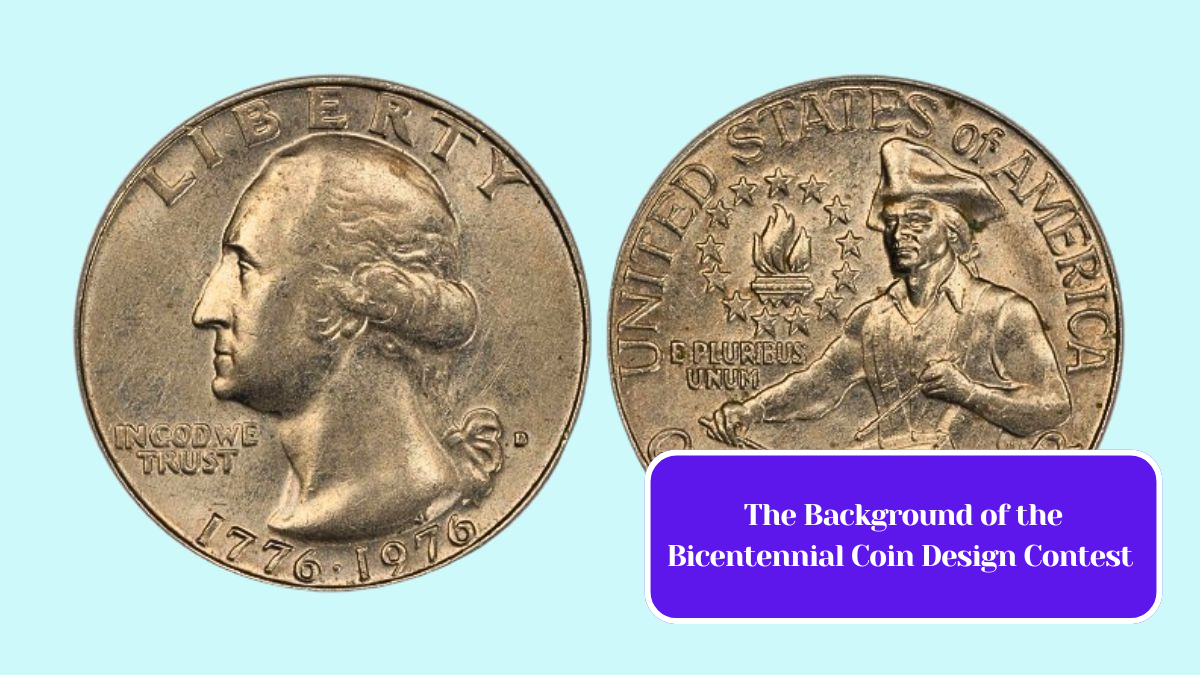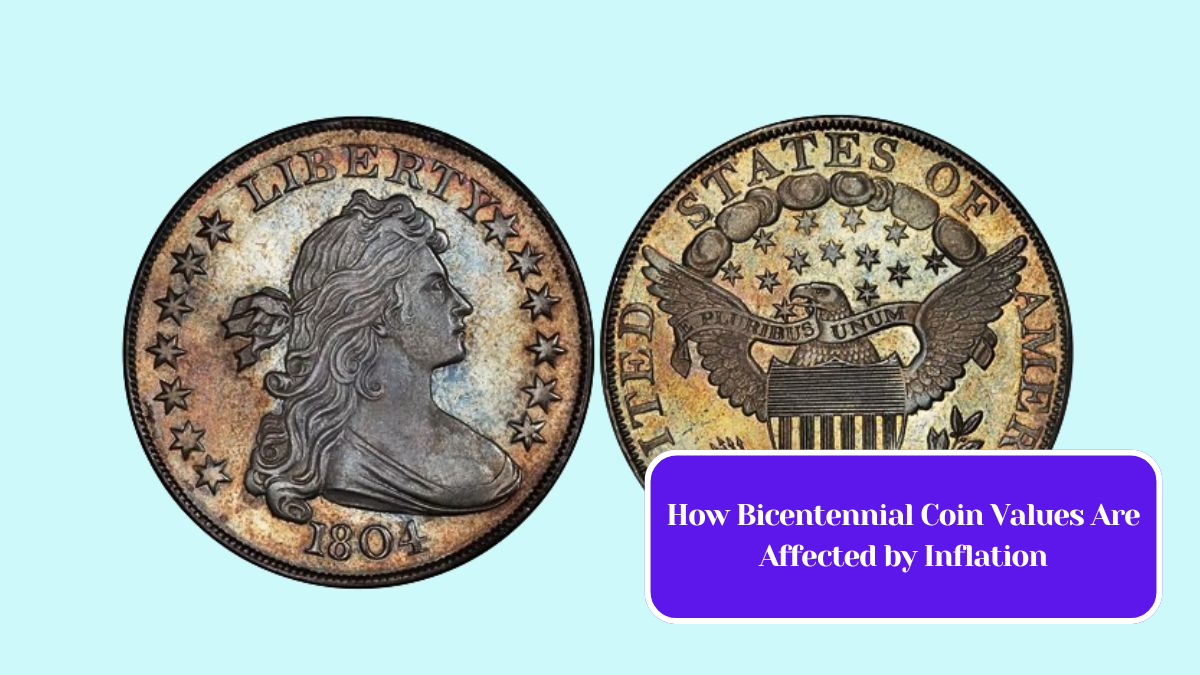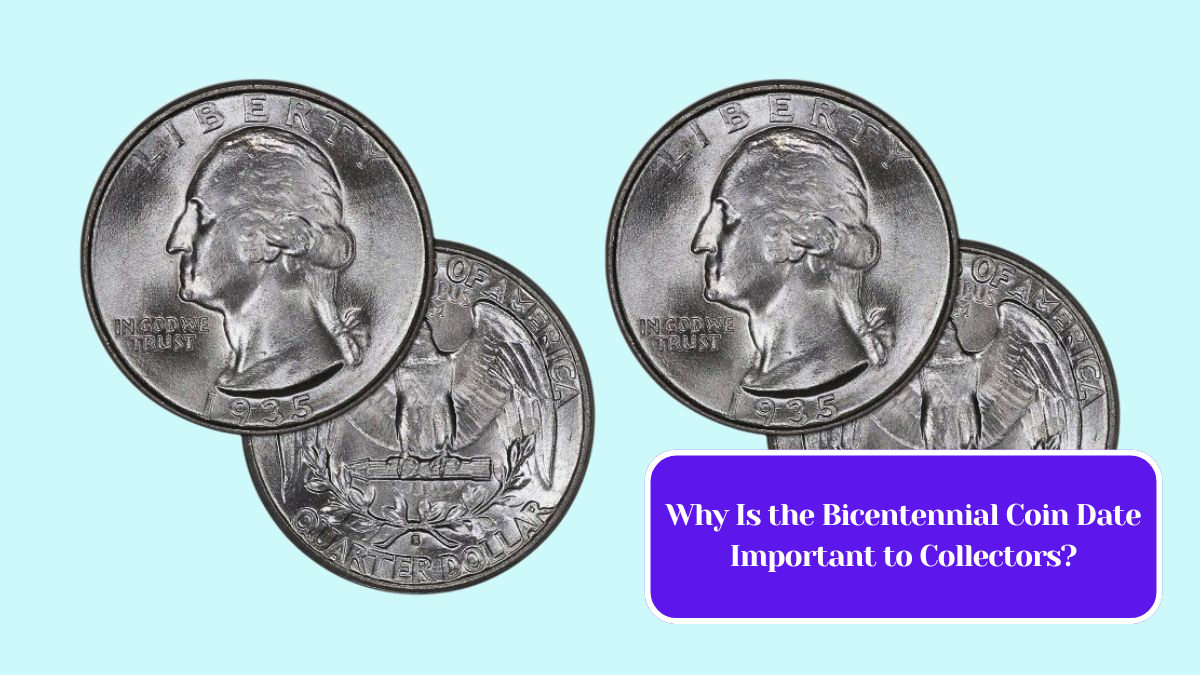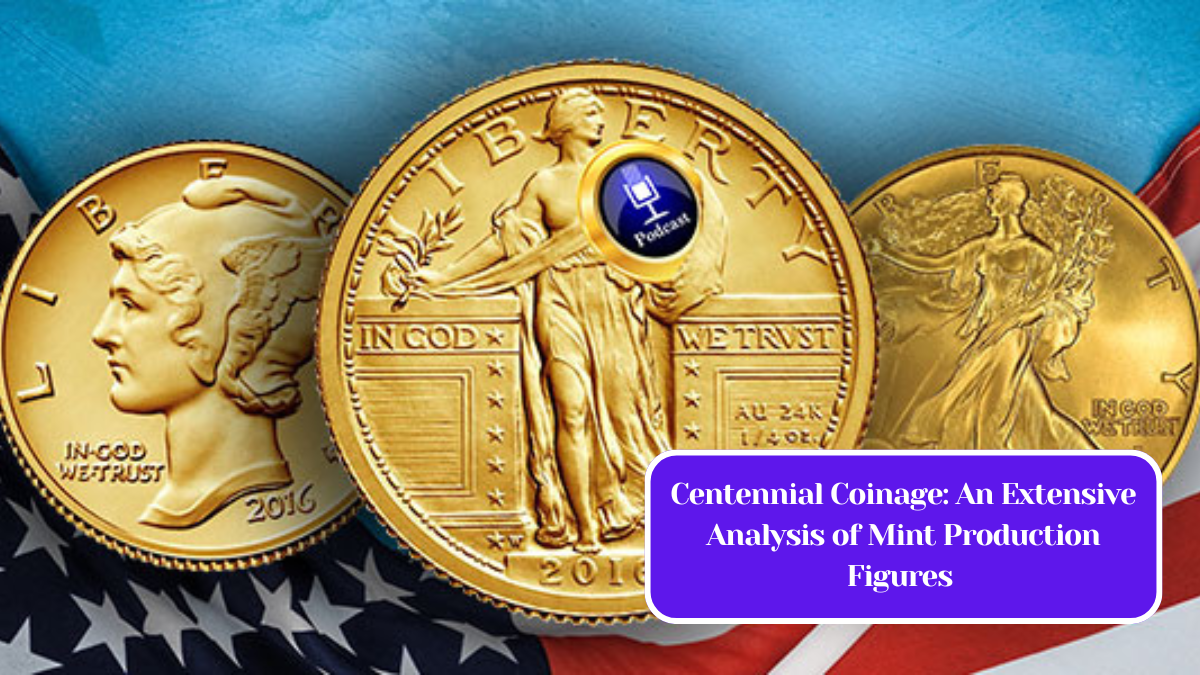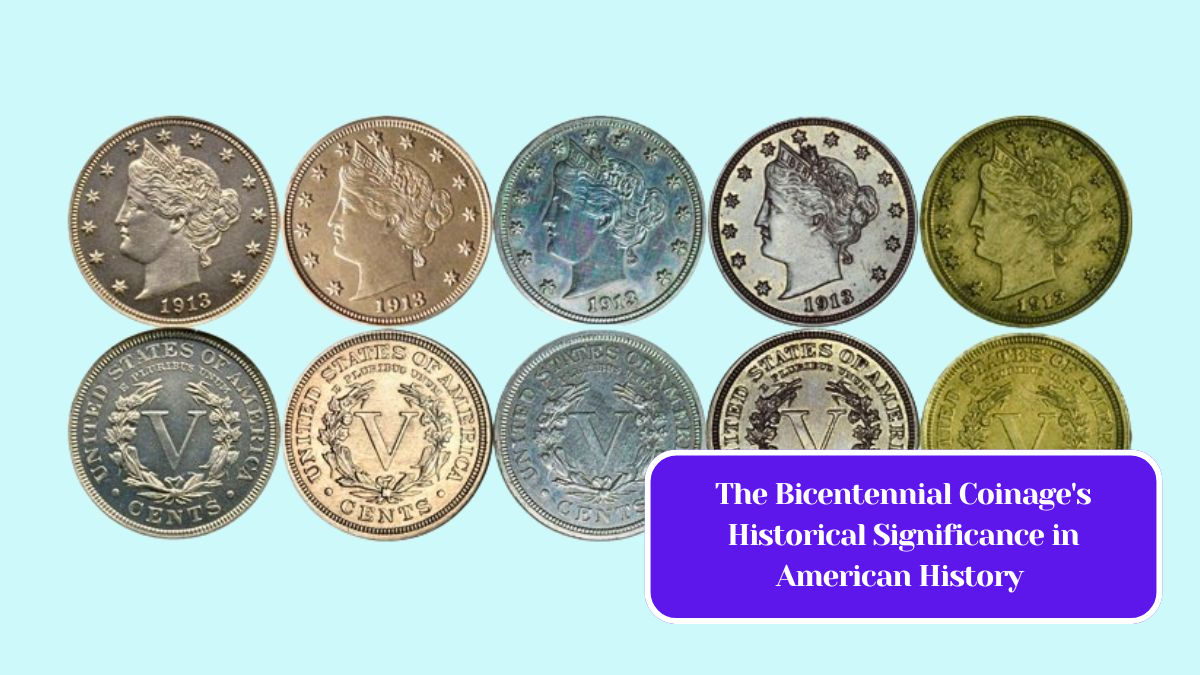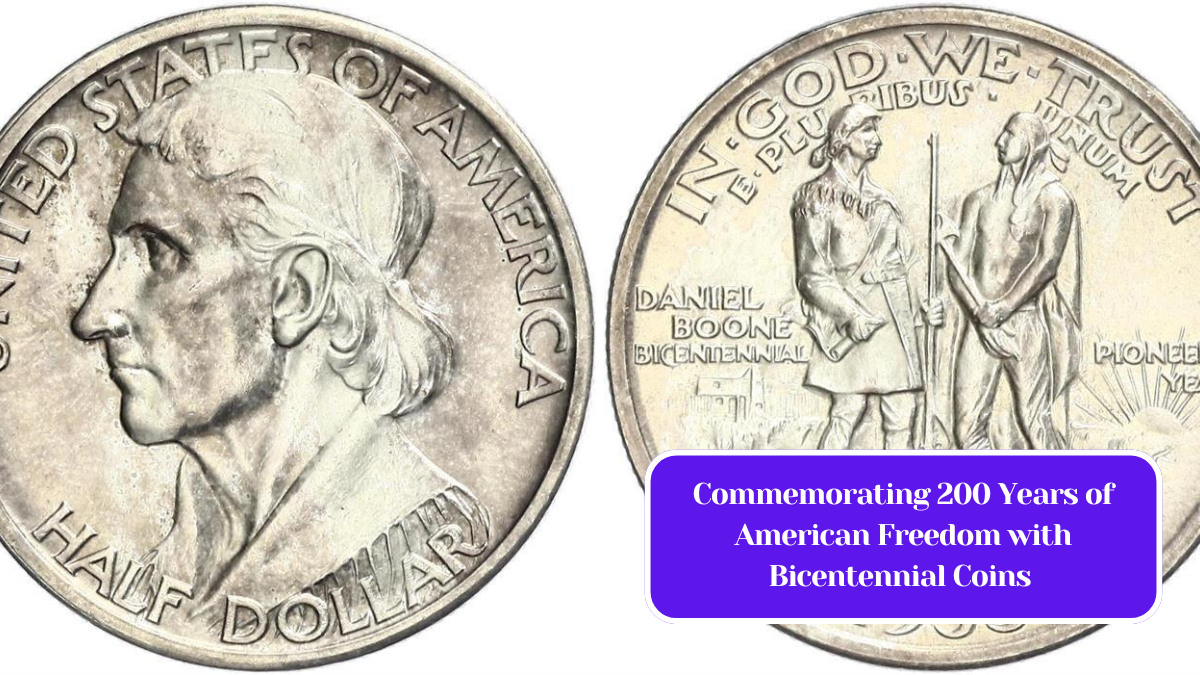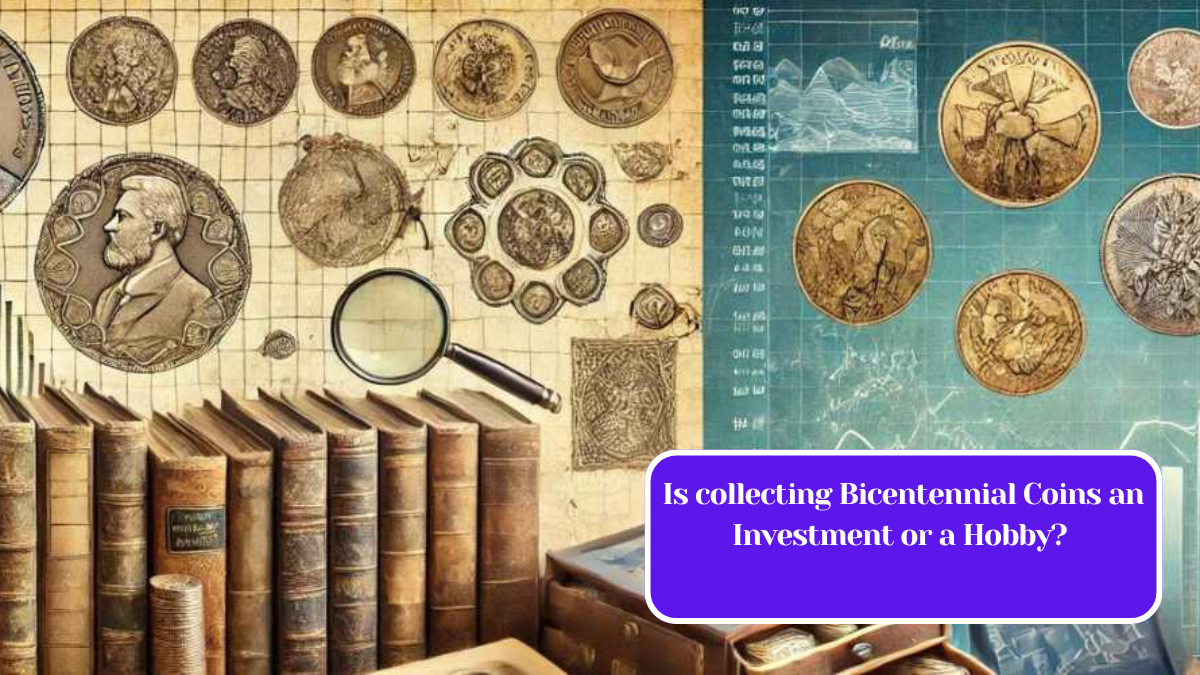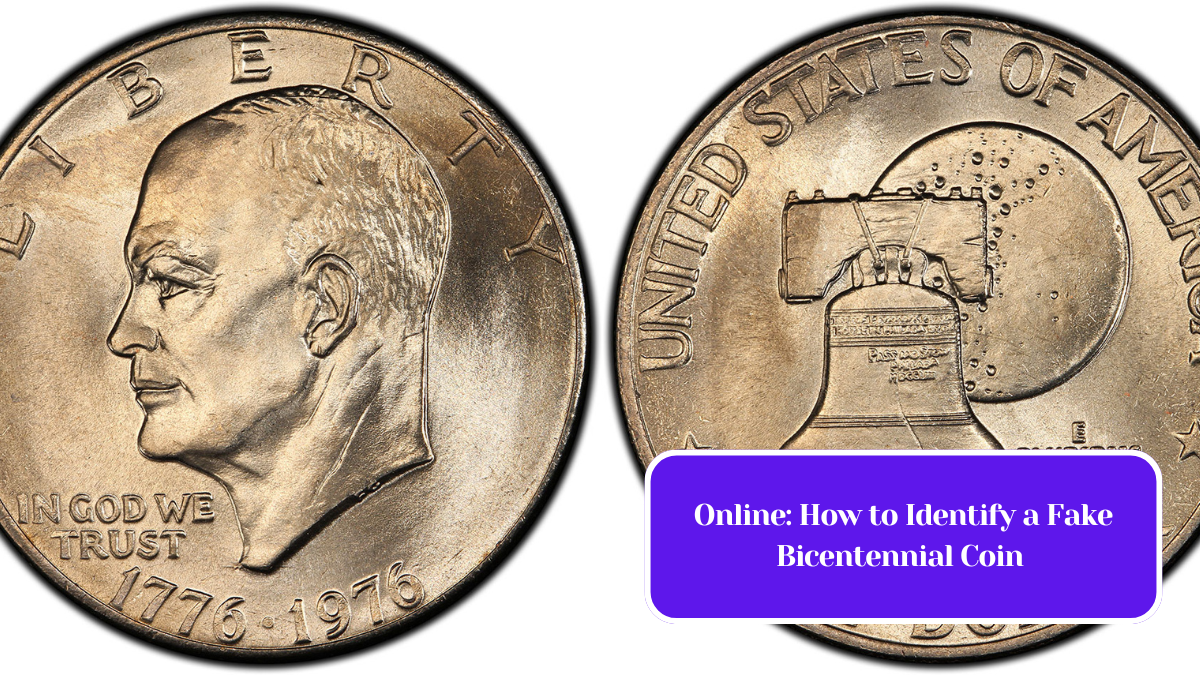The Bicentennial coins, released in 1975 and 1976, are cherished by collectors and history enthusiasts alike. These coins were issued to commemorate the 200th anniversary of the United States and include the iconic Bicentennial quarters, half dollars, and dollar coins featuring unique reverse designs. However, with their popularity, counterfeit coins have surfaced, making authentication crucial for collectors. In this article, we’ll explore the expert methods to authenticate Bicentennial coins effectively.
Understanding Bicentennial Coins
The Bicentennial coins consist of:
- Bicentennial Quarter (1975-1976): Features a draped bust of George Washington on the obverse and a depiction of Independence Hall on the reverse.
- Bicentennial Half Dollar (1975-1976): Displays the Liberty Bell and the moon on the reverse, symbolizing American independence.
- Bicentennial Dollar (1976): Features a depiction of Eisenhower on the obverse and the Bicentennial design with an eagle and the moon on the reverse.
Each of these coins was minted in both copper-nickel and 40% silver compositions, further diversifying their market appeal.
Key Authentication Techniques
1. Visual Inspection
Start with a thorough visual inspection. Look for details such as:
- Design Elements: Compare the coin’s design with a known authentic coin. Check for details in the engraving, such as the sharpness of features and the spacing between letters.
- Mint Mark: Ensure the mint mark (if applicable) is correctly placed. For example, the Philadelphia mint coins have no mint mark, while those from Denver are marked with a “D.”
2. Weight and Size Measurements
Bicentennial coins have specific dimensions:
- Quarter: 24.26 mm in diameter, weighing 5.67 grams.
- Half Dollar: 30.61 mm in diameter, weighing 11.34 grams.
- Dollar: 38.1 mm in diameter, weighing 22.68 grams.
Using a precise scale, weigh the coin. A significant discrepancy from these weights could indicate a counterfeit.
3. Magnet Test
This test can help distinguish between copper-nickel and silver coins. Silver coins will not react to a magnet, while some counterfeit versions may be magnetic due to their different metal composition. If a coin is attracted to a magnet, it’s likely a fake.
4. Sound Test
When gently dropped, silver coins produce a distinct, ringing sound, whereas counterfeit coins often produce a dull thud. While this method isn’t foolproof, it can provide additional insight.
5. Edge Inspection
Inspect the edge of the coin closely. The edges of Bicentennial coins should be smooth and have a uniform appearance. Look for inconsistencies in the edge, such as unevenness or irregularities, which can indicate a counterfeit.
6. Professional Grading Services
If in doubt, consult a professional grading service. Organizations such as the Professional Coin Grading Service (PCGS) or the Numismatic Guaranty Corporation (NGC) offer expert authentication and grading. They can provide assurance of a coin’s authenticity and its condition, which can significantly affect its market value.
7. Historical Context
Finally, understanding the historical context of the coins can also aid in authentication. Knowing how many of each coin were minted, their rarity, and their historical significance can help identify potential fakes, especially when considering their provenance and market history.
Authenticating Bicentennial coins requires a combination of visual inspection, weight and size measurement, magnet tests, sound tests, edge inspection, and, when necessary, professional grading. With the right knowledge and tools, collectors can confidently ensure their coins are genuine, preserving the integrity of their collections. As with any collectible, always approach acquisitions with a healthy dose of skepticism, and don’t hesitate to seek expert advice when needed.
